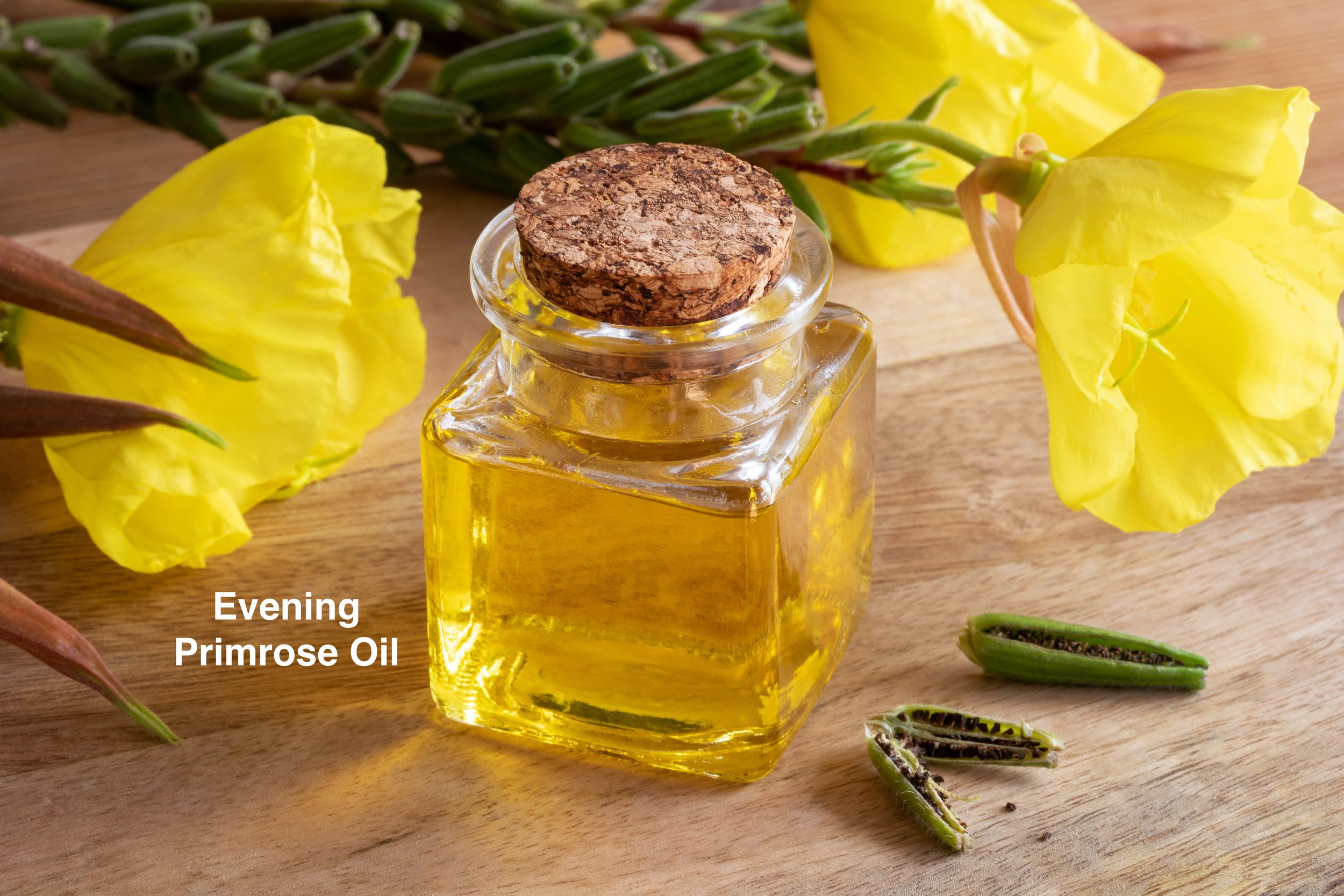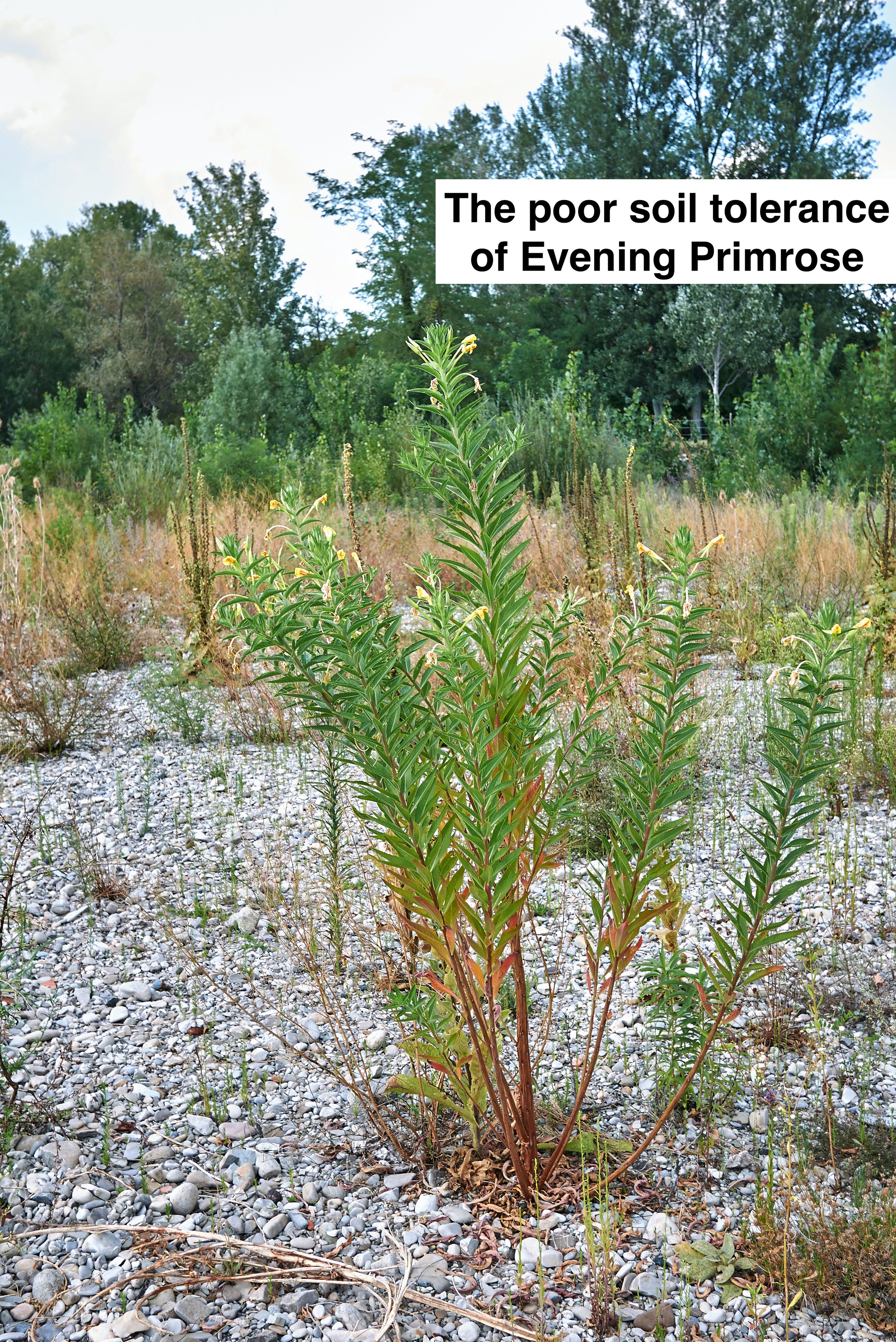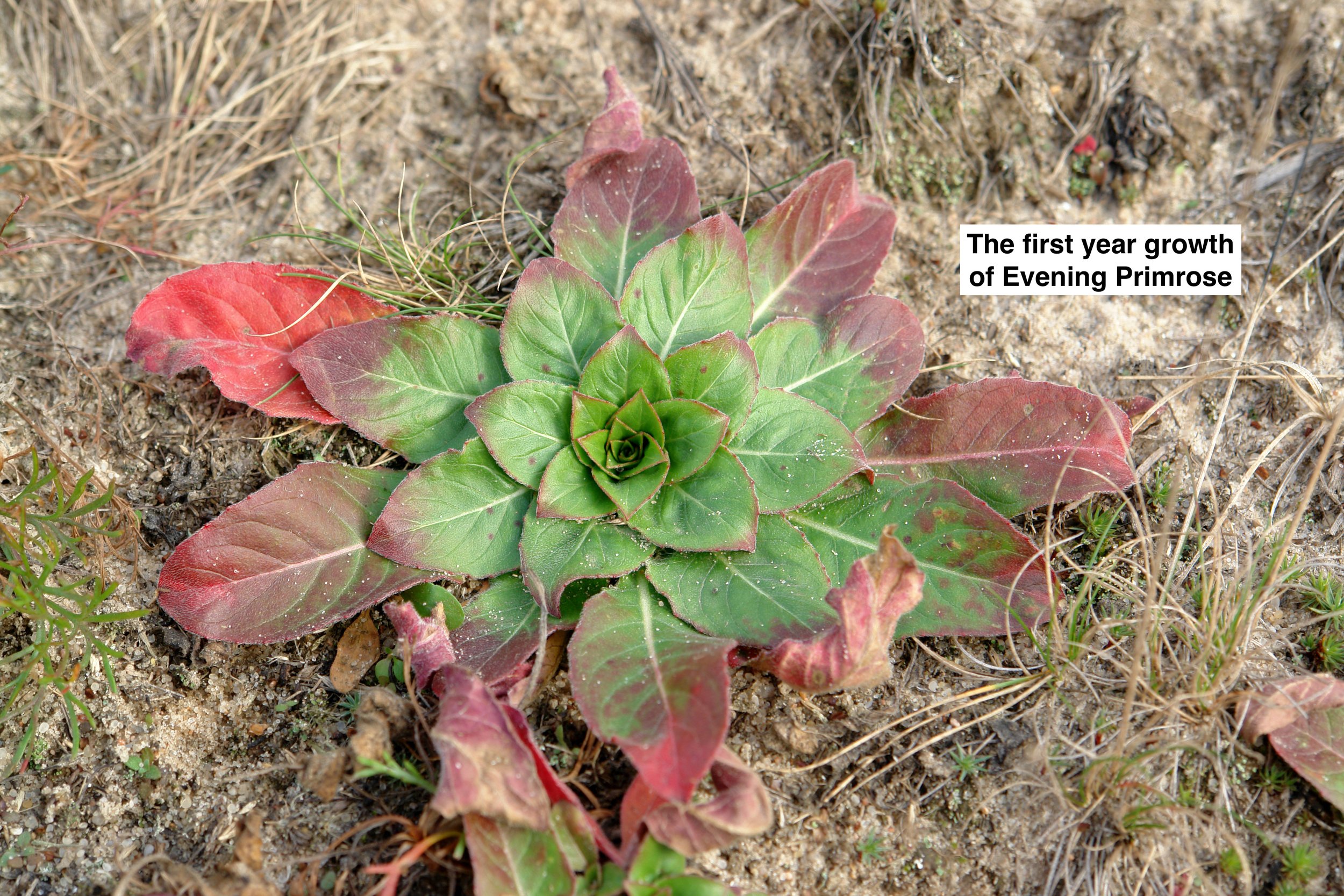Wild collected Evening Primrose roots by Jeff Knieser. When it is grown in a garden setting the roots can be twice as large as these pictured.
Evening Primrose is a fairly commonly encountered native wildflower. Indigenous peoples of the midwestern, northeastern, southeastern, and mid-atlantic U.S. cultivated this plant as a food source. Evening primrose roots could be developed into many different seed strains of different root textures, sizes, and flavors with a proper breeding program. As of now collecting seed from most wild populations (or buying seed online) produces palatable roots of good size when grown in an agricultural – low competition setting, and boiled before eaten like potatoes. Its also commercially farmed for its seed production to produce Evening Primrose Oil which is used medicinally. Only the first year root is edible, while the plant is a basal rosette. The second year the plant grows tall and flowers - and by then the root has turned woody and mostly inedible.
The Evening Primrose Moth, pictured by Stan Malcolm. Its caterpillars prefer to eat the seed heads of the plant in the second year of growth.
Cultivation
Evening Primrose is a biennial adapted to harsh soils as well as higher moisture soils, being most prolific within full-sun. As with most root crops, the more aerated the soil is, the larger the root can grow, though soils that are very sandy may create long skinny taproot formation. Very compacted clay soils will restrict the taproot growth as it does to all plants. Cold-Moist Stratify Evening Primrose seeds for 45 days, before surface seeding them onto cleared/bare soil in the early spring. Harvest the roots in late fall/early winter the same year. Again, you must harvest them at the end of the first growing season, as in the second growing season the root turns more woody and inedible.
In Bloom
Natural History
Evening Primrose would naturally occur where grazing fauna such as Groundhog, Bison, or Elk damage the perennial herbaceous layer of a grassland or meadow community creating a niche for this biennial to germinate and take root among the stunted grasses. In modern time these plants are now often seen on roadsides where herbicide applications, brush mowing, and salt damage create open niches. This is the kind of native plant with the toughness to pop up in a crack within the cement. Wild growing evening primrose roots will naturally be much smaller than those grown in a cultivated garden, due to the difference in vegetation competition.
Click Images Below to Expand them.
Select/click the images above to expand them then click/tap to advance to the next picture. Also, Turn your cellphone side ways for horizontal pictures, and straight up and down for vertical pictures.
If you don't want to harvest the roots in year one, you will be rewarded by a profuse set of blooms lasting over 1 months time in midsummer, blooming from the evening into the morning hours and closing during the day. They are very popular with moths at night, and bumble bees in the morning. I chose to write about this plant, because unlike most native foods, evening primrose seeds are readily available for sale online. Be sure to purchase Evening Primrose seed with the scientific name - Oenothera biennis. Look for the companies that sell it by the ounce for the best pricing.
Learn about what our Native Meadowscaping book has to offer here at this link.
Learn about what our Native Plant Agriculture Vol. 1 book has to offer here at this link.
Learn about what our Native Plant Propagation Guide & Nursery Model has to offer here at this link.









